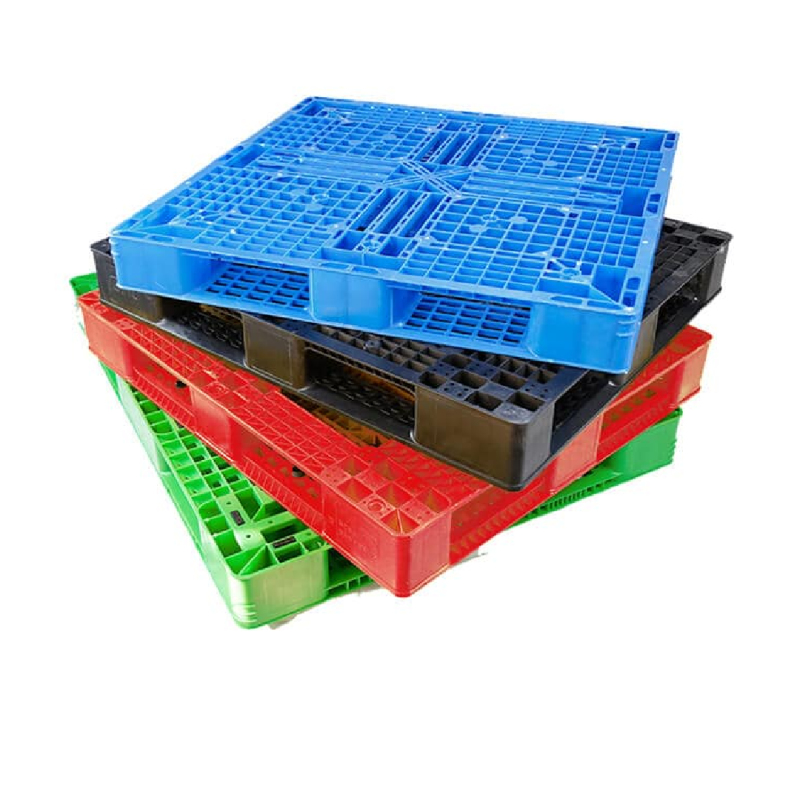
Item Code:
54054378768dBrand:
Pallets are fundamental platforms used in supply chains worldwide to stack, store, and transport goods efficiently. These flat structures provide stable bases for unit loads, enabling mechanical handling with equipment like forklifts and pallet jacks. The two most common types are wooden and plastic pallets, each with distinct characteristics suited to different applications.
Standard pallet dimensions facilitate compatibility across transportation systems, with the most common size being 48×40 inches in North America and 1200×800 mm in Europe. Proper pallet selection directly impacts supply chain efficiency, product safety, and operational costs.
Wooden pallets represent the most widely used type globally, accounting for approximately 90-95% of the market. Typically constructed from hardwoods or softwoods, they offer several advantages:
However, wooden pallets have limitations including susceptibility to moisture, potential for splintering, weight variations, and concerns about pest contamination in international shipping (requiring ISPM 15 treatment).
Plastic pallets have gained significant market share in specific industries due to their unique properties. Manufactured through injection molding or thermoforming processes, they offer distinct benefits:
Plastic pallets generally command higher initial costs and may be susceptible to UV degradation if stored outdoors. They also offer less friction than wood, potentially affecting load stability in some applications.
| Feature | Wooden Pallets | Plastic Pallets |
|---|---|---|
| Initial Cost | Lower | Higher |
| Lifespan | Shorter (single-use to several years) | Longer (5+ years with proper care) |
| Weight | Heavier (varies with wood type) | Lighter (consistent) |
| Moisture Resistance | Poor (can warp, rot) | Excellent |
| Hygiene | Moderate (porous surface) | High (non-porous, easy to clean) |
| Environmental Impact | Renewable but shorter lifespan | Recyclable but petroleum-based |
Wooden pallets dominate general manufacturing, warehousing, and domestic transportation where cost-effectiveness is paramount. They're ideal for one-way shipments and industries where pallet condition is less critical.
Plastic pallets excel in regulated industries like pharmaceuticals, food processing, and electronics where hygiene and consistency are essential. They're preferred for closed-loop systems (where pallets return to origin) and automated warehouses due to their uniform dimensions.
Both pallet types must comply with international standards when used in global supply chains. Wooden pallets require ISPM 15 heat treatment or fumigation for international shipping to prevent pest transfer. Plastic pallets face no such restrictions but must meet destination country regulations.